Self-luminous OLEDs are expected to be "next-generation display technologies" due to their absolute technological advantages in color gamut, viewing angle, and contrast. Not long ago, we have published a review of the Sony OLED TV A1, and believe that this is a true OLED flagship TV: perfect black level and contrast, clear and vivid details of light and shade, full of live sound expression and positive The simple design of the interference.
It may not be entirely persuasive to take only one TV. Therefore, we will introduce another OLED high-end TV, the LG E6, as a comparison target. The same OLED display panel is used, which also has HDR function. In the end who will be better, look down.
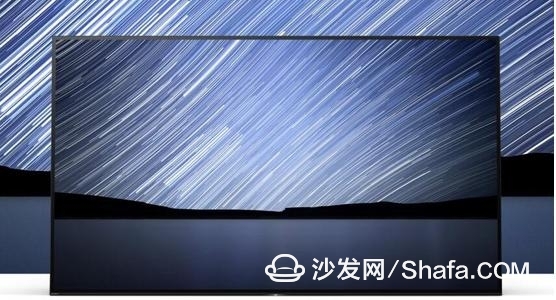

Sony A1
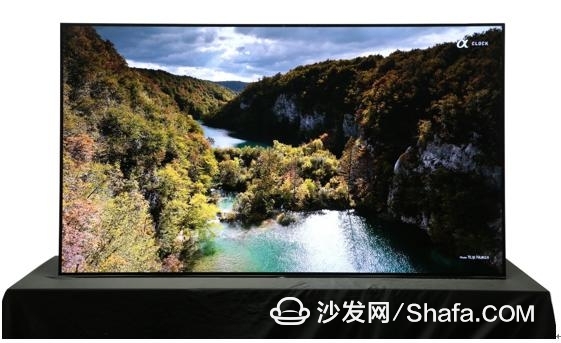
The Sony A1 is an OLED flagship TV released at CES 2017. It is equipped with an advanced version of the X1 image processing chip, with built-in HDR dynamic image reconstruction technology, 4K HDR 14bit smooth gradient, and dual image database technology. Sony's exclusive screen sound field technology can present a very wide sound field and excellent sound quality. Dolby Vision will be supported in later software upgrades.
LG E6
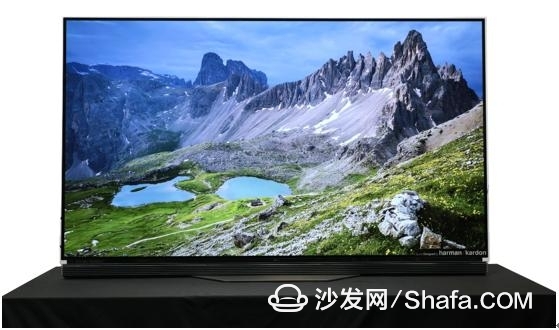
The LG E6 is one of the best-selling high-end products in LG OLED TVs. 5.57mm thickness, support for Dolby Vision and Ultra HD Premium, built-in Harman Kardon audio.
Both TVs are 65 inches and LG E6 e-commerce is priced at 4,499 yuan. Sony A1 domestic prices have not yet been announced, but recently the United States announced 65-inch A1 price is 6499.99 US dollars, equivalent to the price of renminbi and LG E6 equivalent. If the domestic pricing can be equivalent to this, then only from the positioning of the product sequence, A1 should be more face. From the last Z9D domestic and foreign prices, Sony China's pricing is quite conscience. Perhaps this time, it will be the same number of ways.
The two televisions are all “sexy†and the Sony A1 is a bit more thorough. Because there is no sound unit on the bottom or both sides, the front of the A1 achieves a completely interference-free design. At a glance it looks like a picture frame stands there. . The LG E6 features a thin, 2.57mm OLED panel that is tightly attached to a 3mm tempered glass. While maintaining a light appearance, it also brings about some side effects. The first is sturdiness. The fragile nature of the glass allows you to be cautious when handling; second is bending. The 65-inch OLED panel has a thickness of only 2.57mm, which causes the LG E6's screen to have a visible bend in the naked eye. Obsessive-compulsive disorder can't stand it. In the end, overly pursuing lightness, whether there is a compromise in quality? Thickness and picture quality have always been difficult to achieve. This point we will be presented in detail in the comparison of picture quality.
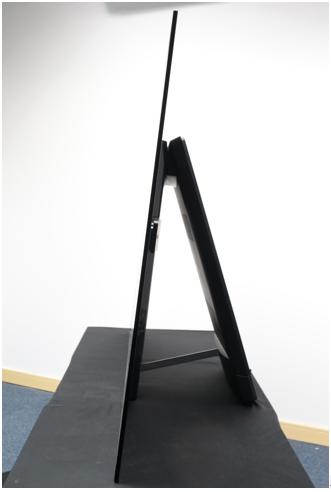
Because there is no base, Sony A1 relies on the support of the back support, and the weight module is added on the bottom of the support. With the triangular structure, the stability of the fuselage is further increased. If you ask me how firm I am, I can only say that I am like an old driver - very stable.
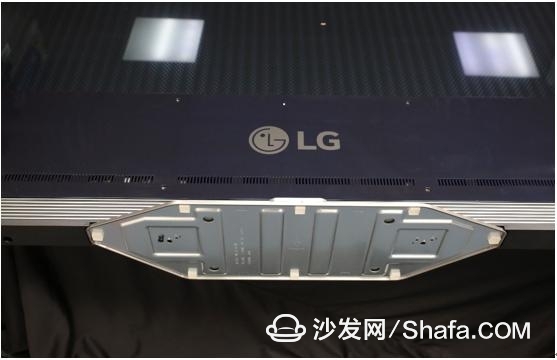
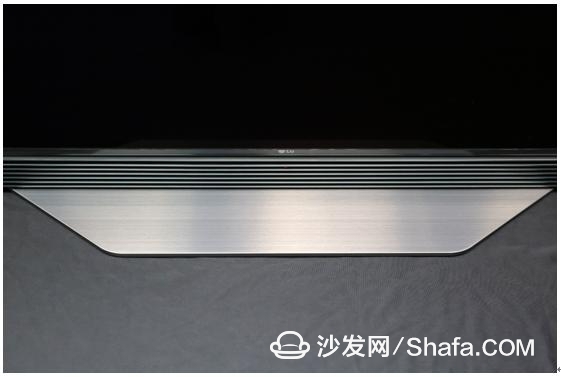
Perhaps in order to coordinate with the thin and light body, the base of the LG E6 is designed to be smaller and lighter than the average 65-inch TV, and only 4 screws are fixed at the bottom, which brings the biggest problem is easy to shake. When you touch the screen with your hand, you can feel the shaking of the body. It seems that this TV is more suitable for wall hanging.
With the increasing number of multimedia devices, Blu-ray players, game consoles, TV boxes, and routers all need access to televisions, causing clutter on the back of the TV. How to deal with wire management, you can see the power of various industrial design. As Jobs said: "To paint the back of the fence."
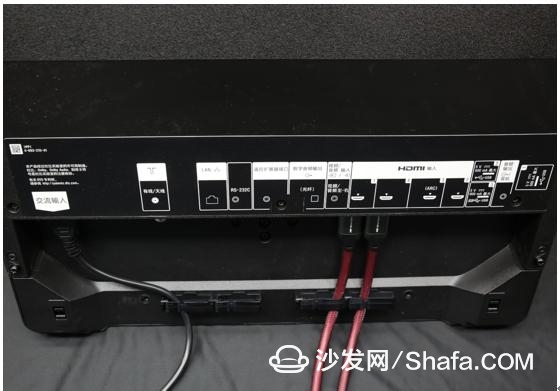

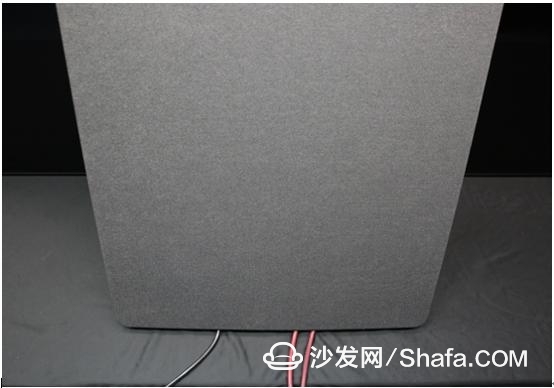
Sony A1 uses a wire management program to unify the messy wires and hide the interface after the cover of the stand is hidden. It looks extraordinarily refreshing, and there is no need to worry about extraneous cables tangled up.
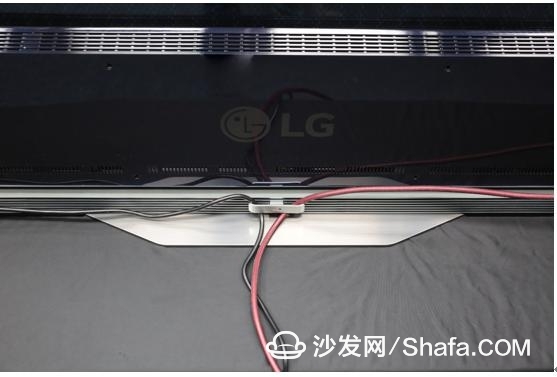
Without the use of wire management LG E6, can only rely on the back of the wire harness to restrain it, once the access equipment is too many, it will inevitably occur winding.
Compared with LCD TVs, OLEDs tend to be brighter in terms of color performance. The advantage is that they seem to be more eye-pleasing. The bad part is that you will be tired when you look at them for a long time. How to balance the relationship between good-looking and real, test TV's color tuning techniques.
We have taken a large number of comparative pictures to present the differences in the color performance of the two televisions. We can also help you visually distinguish the strength of the two TVs in terms of picture quality. Both TVs have been restored to their default settings before shooting.
Let's look at the color performance of Sony A1.




It can be seen from the screen shots that the red, green and blue colors do not overflow, especially green and blue, which are more vivid than LCD TVs, but have not yet reached the level of saturation.
Let's look at the performance of LGE6.




By contrast, it is not difficult to see that the LG E6 is not bright enough in color performance, and lacks the glossy and transparent feel of the Sony A1. The overall picture of the LG E6 looks very boring, and its brightness is not high, like a layer of gray. For example, in the red screen shot, the color gradation is not clear enough, resulting in a lack of three-dimensional objects.
The same as the OLED display panel, the huge difference in color performance, because of the X1 advanced version of the image processing chip that A1 is equipped with, this chip on the precise control of color we have fully seen in the Z9D. This chip will accurately repair and optimize the image signal in terms of color, sharpness, and HDR. After the chip processes the input signal, it analyzes the panel and adapts and optimizes the panel according to different materials and parameters. Therefore, the OLED panel is also used. A1 will have better color than an ordinary OLED TV. Performance and more precise color management.
At the same time, we also use a professional instrument to perform an objective test on the Sony A1's screen. The Spyder4 TV colorimeter was chosen as the test instrument. Turn off the room lights, turn the TV to "standard mode" and warm up for more than half an hour. During the test, the color of the TV needs to be adjusted manually to meet the best test conditions. Sony A1 supports rich color adjustment.
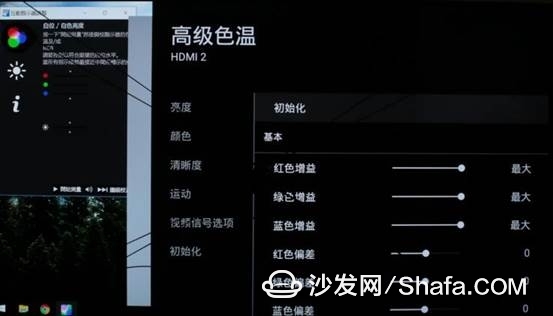
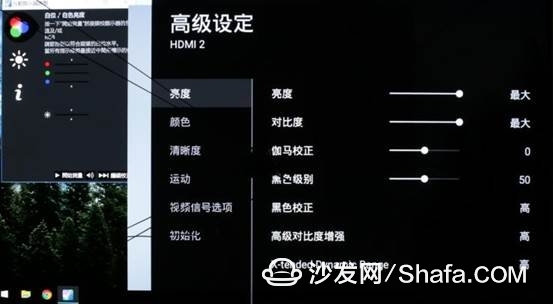
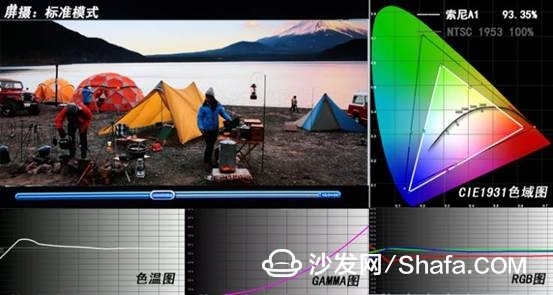
Through the color analysis equipment test, the color gamut value obtained by measuring the coordinate values ​​of the three primary colors of red, green and blue reached 93.35% NTSC, which is equivalent to LG E6. However, through the previous test of the film, the Sony A1's color performance accuracy and panel performance are far more than the LG E6, the color is more transparent, light and dark details are more obvious, it can be said that in the understanding and processing of the image Sony is still the industry leader.
Black vs. Two TVs are OLEDs, and naturally they are all strong in the black position. Sony A1 in front and LG E6 in back.


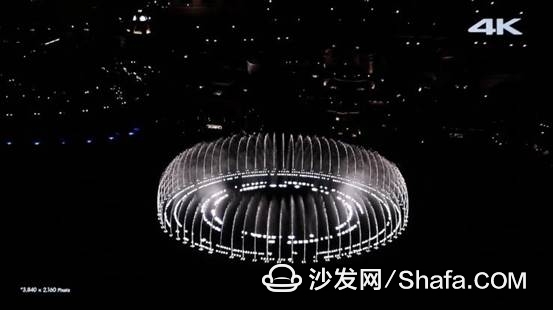
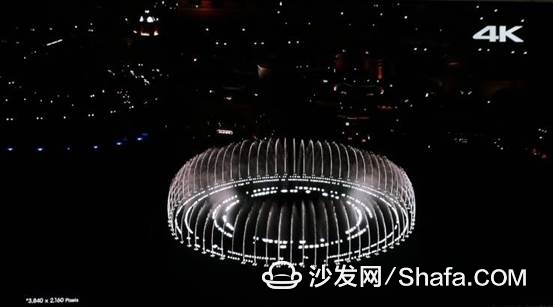
HDR vs. HDR was the most popular term in the television industry last year. This is the most significant technology for improving TV picture quality after 4K technology. The main role of HDR is to increase the contrast of the picture, allowing the brightest place to have a longer span to the darkest place.
When we watch TV, we may ignore some of the dim, or rather brighter, details of the TV picture due to the overall brightness of the TV. With HDR, the shadows will be deeper and not lost in detail. The highlights will have a high brightness but will not be pale and the screen will be more layered.
The two TVs in the hands also support HDR. First play a HDR source.






Look at the performance of a group of non-HDR film sources.



The huge difference in HDR performance is mainly due to the dynamic HDR-like reshaping technology that Sony A1 has. It adjusts the details of the frame frame by frame. It is different from ordinary black and white contrast curves. The X1 Advanced Processing chip analyzes the color of each object on the screen and re-creates each object on the screen individually. Production, to achieve a greater depth of the picture, a more detailed texture, in order to obtain a more realistic picture.
Write here, you can come to sum up the characteristics of the Sony A1 in terms of quality. First of all, to maintain the perfect performance of the OLED in the black level, the black is very deep, while the OLED is often criticized in the dark part, especially the details of the edge of the loss problem in the A1 has a very intuitive improvement, which is mainly due to the A1 brightness is higher, At the same time, HDR Dynamic Image Remodeling Technology keeps better details. The OLED color problem that I was more worried about before did not appear on A1. A1's adjustment and management of color is still tending to LCD TVs. The tendency of hair color is biased towards reality. After all, the same picture quality chip, especially the HDR picture, is similar to Z9D's style, showing a heavy sense. In contrast, LG E6 performance was unsatisfactory. In addition to the brightness is not high enough, there are deviations in color performance. Although the same OLED TV, but there is not that the "core" is indeed very different, Sony's advantage lies in the understanding of the image, and this is precisely the ultimate visual experience presented to the user.
In order to more intuitively reflect the differences in image quality performance, we specifically recorded a comparative video. Through the video recording screen, we can determine the quality of the two images.
Contrast of sound quality For TVs with their own sound, many people's first impression is "listen to the sound." As we all know, sound is transmitted by vibrating air. Therefore, there must be enough volume of air in the sounding cavity to achieve full sound performance. Of course, there is also a small cavity loud field technology that uses acoustic reflection to realize sound field construction and sound. Fullness, it is very difficult to achieve this kind of communication on television.
Sony A1 takes a different approach, relying on the advantages of OLEDs that do not have a backlight layer, and innovatively introduces the screen sound field technology, using screen vibrations to sound, thereby eliminating the traditional speaker design. The backing of the subwoofer enabled the A1 to have a full 2.1-channel basic configuration. More importantly, the screen sound field technology truly realizes the audiovisual experience that any television (including CRT, liquid crystal, plasma, and OLED) cannot provide in the past. In the previous evaluation, we also tested with a few audios, including a sense of positioning reflected by the bird's voice, and the liveliness of the characters' dialogues. This made us fully recognize the power of black technology.
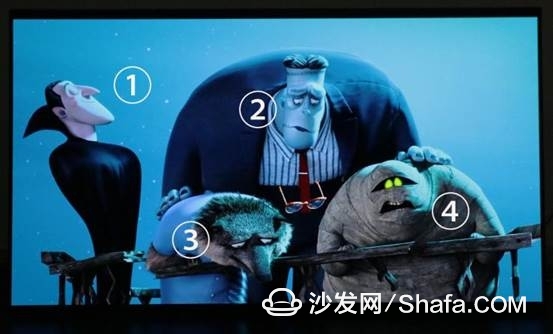
In the clip presentation of "Pleasant Hostel 2", each character stands in a different position, and when the characters sound in sequence, the difference in vocal orientation can be clearly heard. 1 On the left side of the screen, we can clearly hear the sound passing from the left side to the right side during the vocalization. The left side sounds concentrate, passing through the right side and disappearing gradually; when 2 and 4 are uttered simultaneously, we can feel the sound of 2 more After that, there will be a deep sense of space; while 3 is screaming toward the cliff below, the sound from the bottom of the screen is stronger.
After listening to this demo, there was a very intuitive feeling about the “screen sound field†technology. The benefits of relying on screen vibrations were self-evident, and the sense of space and positioning was really strong. This is not achievable with conventional bottom speakers such as the LG E6.
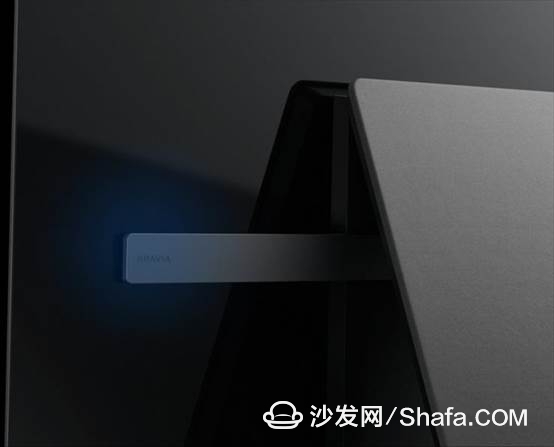
A1 is responsible for emitting a total of four voice drive devices, divided into two sets of the left and right sides of the screen, respectively, when the drive device in different positions works, A1 will also emit sound from different positions on the screen.

Bass unit in the Sony A1 evaluation through audition we also summed up the sound performance, due to the screen sound field technology and comes with a bass unit, A1 can provide a wider sound field, the sound is thick and full, in a large preparation of musical performance layered Clear, instrumental performance is outstanding, in the complex sound level instrumental sound performance is smart, impressive, bass part thanks to the split design, the next big potential while still ensuring the sound of the degree of moisture, like 7 sub-cooked The steak is elastic and moist enough.

The LG E6 TV is equipped with Harman Kardon's stereo, 2.2-channel output power of 40W. Using Harman Kardon's sound technology means that the LG E6's sound tends to the standard American sound characteristics. After confirming this conjecture after the opening, LG E6 showed a wide and bright sound field and warm tone. There is a very pronounced lateral sound field performance in the sound field, and weak performance in the deep sound field. And because there is no single bass unit, the LG E6 really has a lot less bass performance than the A1.

To sum up, the Sony A1 represents the characteristics of Japanese and European sentiments in terms of overall voice. Based on the wealth of information and not excessive gains, the Sony A1 reflects natural oversaturation and tension. Compared with home theater experience, the Sony A1 naturally The sound performance and the extreme tension feature allow users to quickly immerse themselves in the story. This sound performance has been fully comparable to some of the external SoundBar. Moreover, the exclusive screen sound field technology can truly realize the “unity of sound and picture†that no one in the past has ever had, so that the TV's own sound is no longer just “hearing a ringâ€. This is Sony's strength and terrible place. The strong technical accumulation in audio can be seamlessly applied to TV. The advantage of such an industrial chain is that other TV manufacturers are not envious of it. Lack of audio technology accumulation of LG, can only rely on the power of third parties, although LG E6 moved to Harman Kardon, but after all is a third party, in the targeted tuning and customization is not satisfactory. The warm sound field of LG E6 can meet the sound performance of daily movies and variety shows. However, for some large-scale music productions, it is a bit difficult, and users with higher sound quality may still need external audio equipment.
System and Resources The Sony A1 is the most widely used Android operating system and will be the first to upgrade to Android 7.0.

The scalability of Android system and the diversity of applications do not need much to say. After years of development, Android has evolved to version 7.0. Every iteration makes people see the new vitality and creativity of the system. Fluency and stability are no longer comparable. Openness and compatibility are as before. Android's strong vitality and vitality make it the best TV system available today.
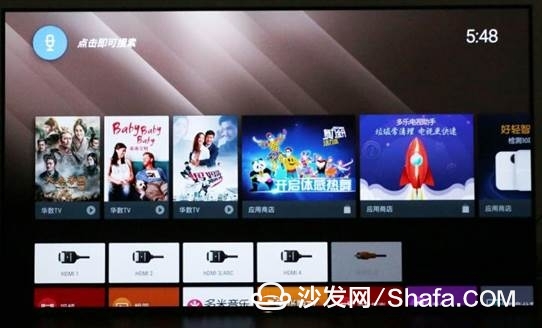
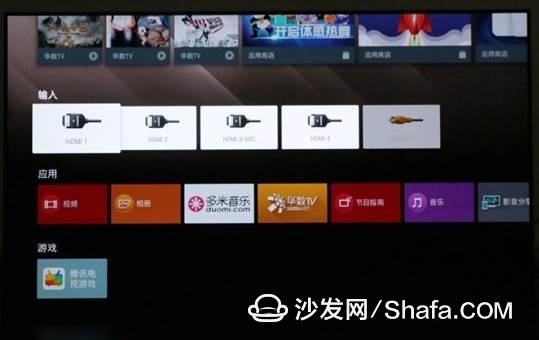


In terms of content, Sony A1 is equipped with China’s largest video content provider, Hua Digital TV, and it includes almost all hit series, movies, and variety shows. There is also good news that Sony said that in the future there will be more localization of high-quality content, including deep cooperation with domestic content providers such as Sohu Video, LeTV Sports, and QQ Music. Content is not the same as anything else. It is comprehensive and comprehensive. As users become more dependent on content resources, the broader platform will undoubtedly increase user stickiness.
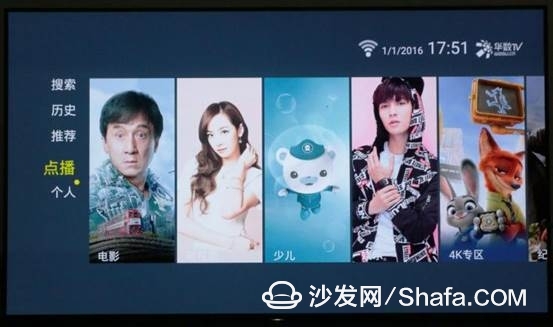

The LG is also equipped with the same number of broadcast control platforms. It is not known whether the video will be added to other platforms in the future.
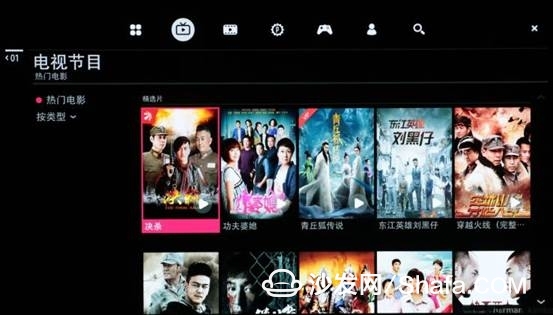
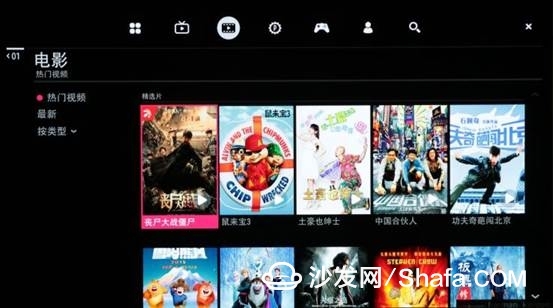
Summary From the results of comparative evaluation, the same OLED display panel was used. Both TVs showed typical characteristics of OLED in black level, viewing angle and screen response speed. However, in terms of color performance, LG E6 still has a greenish feature to a certain extent. Sony A1 is more realistic and delicate. It retains Sony's tuning style on LCD TVs and will not be too strong, but it is still bright.
The same HDR function is available, but the degree of difference between the two is very large. With the advanced X1 advanced image processing chip, Sony brought HDR performance on its flagship LCD TV to OLED TV. Especially when dealing with SDR video, Sony relied on dynamic pixel reshaping technology to raise the overall picture to a level close to that of HDR. The LG E6 is limited by the brightness of the picture is dark, in the performance of HDR is unsatisfactory.
In terms of sound quality, the first A1 using screen sound field technology subverted my understanding of the TV's own sound. If the LG E6 audio is already at a higher level in the TV, then the A1's audio is even better than some of the entry-level SoundBars, especially if the bass performance is even better than some external ones. More importantly, relying on the combination of sound and picture brought about by the sound of screen vibrations, the experience is again elevated to a new height. Personally, it is more practical and more important than upgrading television to be extremely thin. Sony A1's audio and video performance, undoubtedly set a new benchmark for OLED TV. OLED technology will usher in a big explosion in the next few years. I am very much looking forward to the next OLED TV that can challenge it.
Smart TV/box information can focus on smart TV information network sofa butler (http://), China's influential TV box and smart TV website, providing information, communication, TV boxes, smart TVs, smart TV software, etc. Answering questions.
It may not be entirely persuasive to take only one TV. Therefore, we will introduce another OLED high-end TV, the LG E6, as a comparison target. The same OLED display panel is used, which also has HDR function. In the end who will be better, look down.

Sony A1

LG E6
Before the appearance contrasts, first understand the basic situation of two TVs. Sony A1

LG E6

Both TVs are 65 inches and LG E6 e-commerce is priced at 4,499 yuan. Sony A1 domestic prices have not yet been announced, but recently the United States announced 65-inch A1 price is 6499.99 US dollars, equivalent to the price of renminbi and LG E6 equivalent. If the domestic pricing can be equivalent to this, then only from the positioning of the product sequence, A1 should be more face. From the last Z9D domestic and foreign prices, Sony China's pricing is quite conscience. Perhaps this time, it will be the same number of ways.
The two televisions are all “sexy†and the Sony A1 is a bit more thorough. Because there is no sound unit on the bottom or both sides, the front of the A1 achieves a completely interference-free design. At a glance it looks like a picture frame stands there. . The LG E6 features a thin, 2.57mm OLED panel that is tightly attached to a 3mm tempered glass. While maintaining a light appearance, it also brings about some side effects. The first is sturdiness. The fragile nature of the glass allows you to be cautious when handling; second is bending. The 65-inch OLED panel has a thickness of only 2.57mm, which causes the LG E6's screen to have a visible bend in the naked eye. Obsessive-compulsive disorder can't stand it. In the end, overly pursuing lightness, whether there is a compromise in quality? Thickness and picture quality have always been difficult to achieve. This point we will be presented in detail in the comparison of picture quality.



With the increasing number of multimedia devices, Blu-ray players, game consoles, TV boxes, and routers all need access to televisions, causing clutter on the back of the TV. How to deal with wire management, you can see the power of various industrial design. As Jobs said: "To paint the back of the fence."




Compared with LCD TVs, OLEDs tend to be brighter in terms of color performance. The advantage is that they seem to be more eye-pleasing. The bad part is that you will be tired when you look at them for a long time. How to balance the relationship between good-looking and real, test TV's color tuning techniques.
We have taken a large number of comparative pictures to present the differences in the color performance of the two televisions. We can also help you visually distinguish the strength of the two TVs in terms of picture quality. Both TVs have been restored to their default settings before shooting.
Let's look at the color performance of Sony A1.




Let's look at the performance of LGE6.




The same as the OLED display panel, the huge difference in color performance, because of the X1 advanced version of the image processing chip that A1 is equipped with, this chip on the precise control of color we have fully seen in the Z9D. This chip will accurately repair and optimize the image signal in terms of color, sharpness, and HDR. After the chip processes the input signal, it analyzes the panel and adapts and optimizes the panel according to different materials and parameters. Therefore, the OLED panel is also used. A1 will have better color than an ordinary OLED TV. Performance and more precise color management.
At the same time, we also use a professional instrument to perform an objective test on the Sony A1's screen. The Spyder4 TV colorimeter was chosen as the test instrument. Turn off the room lights, turn the TV to "standard mode" and warm up for more than half an hour. During the test, the color of the TV needs to be adjusted manually to meet the best test conditions. Sony A1 supports rich color adjustment.



Black vs. Two TVs are OLEDs, and naturally they are all strong in the black position. Sony A1 in front and LG E6 in back.

Sony A1

LG E6

Sony A1

LG E6
However, there are still differences in the performance of the highlights. The first set of lights on the top of the carousel, Sony A1 can see the shape of the bulb, the details are better preserved. In the second set of fountain scenes, the brightness of the Sony A1 is significantly higher and the water flow is more crystal clear. In contrast, the LG E6 is obviously slightly inferior, losing a lot of picture details. HDR vs. HDR was the most popular term in the television industry last year. This is the most significant technology for improving TV picture quality after 4K technology. The main role of HDR is to increase the contrast of the picture, allowing the brightest place to have a longer span to the darkest place.
When we watch TV, we may ignore some of the dim, or rather brighter, details of the TV picture due to the overall brightness of the TV. With HDR, the shadows will be deeper and not lost in detail. The highlights will have a high brightness but will not be pale and the screen will be more layered.
The two TVs in the hands also support HDR. First play a HDR source.

Sony A1

LG E6

Sony A1

LG E6

Sony A1

LG E6
In the first group of screen shots, the overall picture of the LG E6 is greenish and will often be encountered in this OLED TV. The performance of the Sony A1 is relatively normal. In the second group, focusing on the waves that fell on the surface of the lake, the Sony A1 can see the difference between the far and near colors, and the color-gradient transition is stable and natural, and the LG E6 cannot distinguish them. In the third group of flame screen shots, the Sony A1's flames appear brighter and hotter, while in the shadows, which are the burned down ash below the flames, the Sony A1 is brighter and can see more than the LG E6. Details, the gap is still very obvious. Look at the performance of a group of non-HDR film sources.

Sony A1

LG E6
The steps in the A1 screen show a very good sense of hierarchy. The texture that light shines on can be expressed. The momentum of the building is also better. E6 is obviously lacking in sense of hierarchy. The blue of the sky is not thorough enough. Cloudy feeling. 
Sony A1

LG E6
This is still a group of non-HDR movie screen shots from The Grand Tour. For non-HDR film sources, the Sony A1 has almost an overwhelming advantage. The details of the character's face can be seen very clearly on the A1, and it is very dark on the E6, and the deviation of the skin color is greatly deviated. The huge difference in HDR performance is mainly due to the dynamic HDR-like reshaping technology that Sony A1 has. It adjusts the details of the frame frame by frame. It is different from ordinary black and white contrast curves. The X1 Advanced Processing chip analyzes the color of each object on the screen and re-creates each object on the screen individually. Production, to achieve a greater depth of the picture, a more detailed texture, in order to obtain a more realistic picture.
Write here, you can come to sum up the characteristics of the Sony A1 in terms of quality. First of all, to maintain the perfect performance of the OLED in the black level, the black is very deep, while the OLED is often criticized in the dark part, especially the details of the edge of the loss problem in the A1 has a very intuitive improvement, which is mainly due to the A1 brightness is higher, At the same time, HDR Dynamic Image Remodeling Technology keeps better details. The OLED color problem that I was more worried about before did not appear on A1. A1's adjustment and management of color is still tending to LCD TVs. The tendency of hair color is biased towards reality. After all, the same picture quality chip, especially the HDR picture, is similar to Z9D's style, showing a heavy sense. In contrast, LG E6 performance was unsatisfactory. In addition to the brightness is not high enough, there are deviations in color performance. Although the same OLED TV, but there is not that the "core" is indeed very different, Sony's advantage lies in the understanding of the image, and this is precisely the ultimate visual experience presented to the user.
In order to more intuitively reflect the differences in image quality performance, we specifically recorded a comparative video. Through the video recording screen, we can determine the quality of the two images.
Contrast of sound quality For TVs with their own sound, many people's first impression is "listen to the sound." As we all know, sound is transmitted by vibrating air. Therefore, there must be enough volume of air in the sounding cavity to achieve full sound performance. Of course, there is also a small cavity loud field technology that uses acoustic reflection to realize sound field construction and sound. Fullness, it is very difficult to achieve this kind of communication on television.
Sony A1 takes a different approach, relying on the advantages of OLEDs that do not have a backlight layer, and innovatively introduces the screen sound field technology, using screen vibrations to sound, thereby eliminating the traditional speaker design. The backing of the subwoofer enabled the A1 to have a full 2.1-channel basic configuration. More importantly, the screen sound field technology truly realizes the audiovisual experience that any television (including CRT, liquid crystal, plasma, and OLED) cannot provide in the past. In the previous evaluation, we also tested with a few audios, including a sense of positioning reflected by the bird's voice, and the liveliness of the characters' dialogues. This made us fully recognize the power of black technology.

After listening to this demo, there was a very intuitive feeling about the “screen sound field†technology. The benefits of relying on screen vibrations were self-evident, and the sense of space and positioning was really strong. This is not achievable with conventional bottom speakers such as the LG E6.




System and Resources The Sony A1 is the most widely used Android operating system and will be the first to upgrade to Android 7.0.



The LG E6 is equipped with a relatively niche web OS 3.0 system. Card-based interfaces are good for intuitiveness and ease of use, but lack of rich application support is a fatal flaw. In the current situation where the performance and functions of smart TVs are becoming more and more powerful, the lack of extensive application expansion means that the potential of television is greatly reduced.






The same HDR function is available, but the degree of difference between the two is very large. With the advanced X1 advanced image processing chip, Sony brought HDR performance on its flagship LCD TV to OLED TV. Especially when dealing with SDR video, Sony relied on dynamic pixel reshaping technology to raise the overall picture to a level close to that of HDR. The LG E6 is limited by the brightness of the picture is dark, in the performance of HDR is unsatisfactory.
In terms of sound quality, the first A1 using screen sound field technology subverted my understanding of the TV's own sound. If the LG E6 audio is already at a higher level in the TV, then the A1's audio is even better than some of the entry-level SoundBars, especially if the bass performance is even better than some external ones. More importantly, relying on the combination of sound and picture brought about by the sound of screen vibrations, the experience is again elevated to a new height. Personally, it is more practical and more important than upgrading television to be extremely thin. Sony A1's audio and video performance, undoubtedly set a new benchmark for OLED TV. OLED technology will usher in a big explosion in the next few years. I am very much looking forward to the next OLED TV that can challenge it.
Smart TV/box information can focus on smart TV information network sofa butler (http://), China's influential TV box and smart TV website, providing information, communication, TV boxes, smart TVs, smart TV software, etc. Answering questions.
Portable Ev Charger,Ev Charger,Electric Car Charger,Electric Vehicle Charger
Yangzhou JERI New Energy Co., Ltd. , https://www.jrevcharging.com